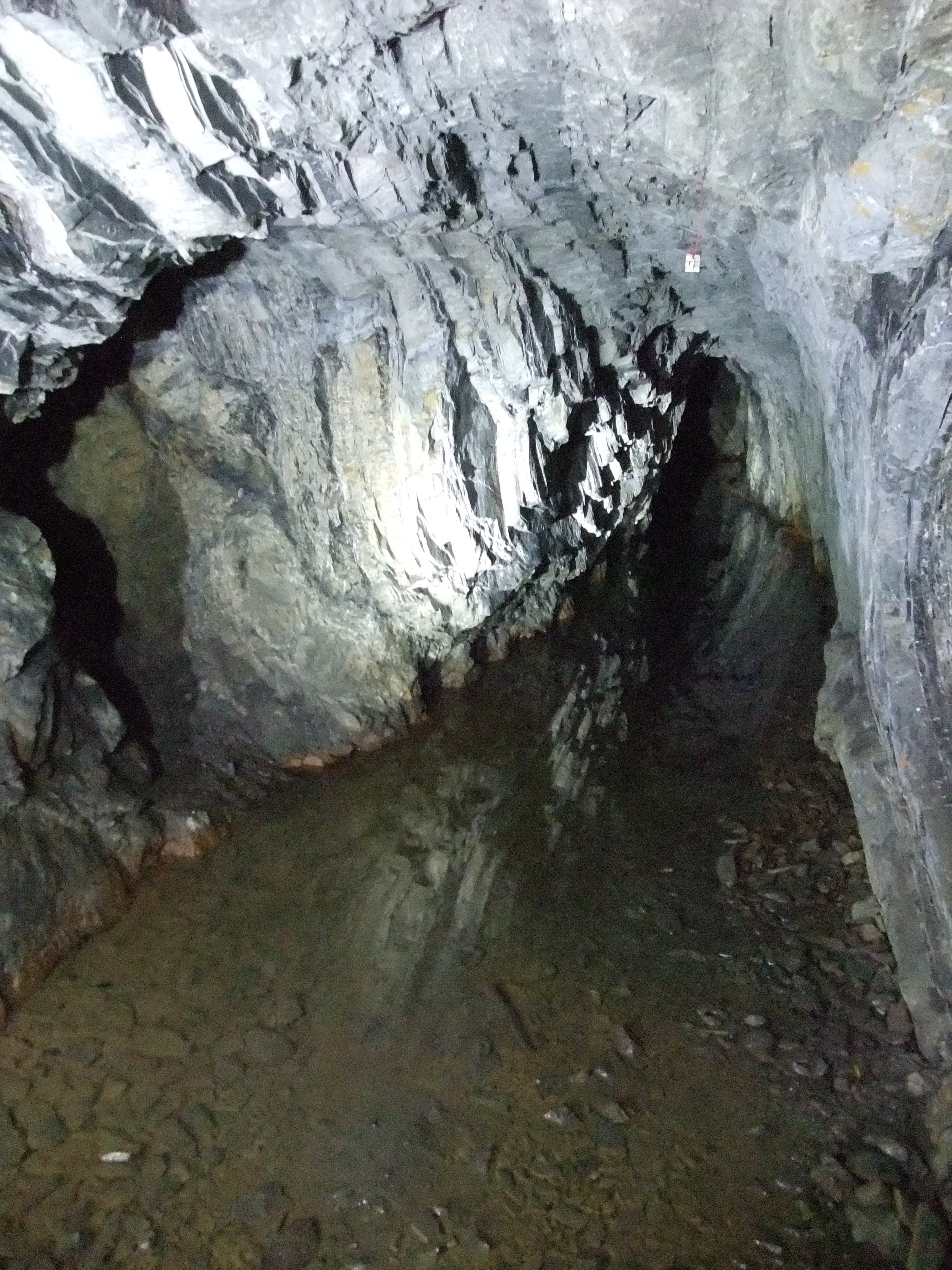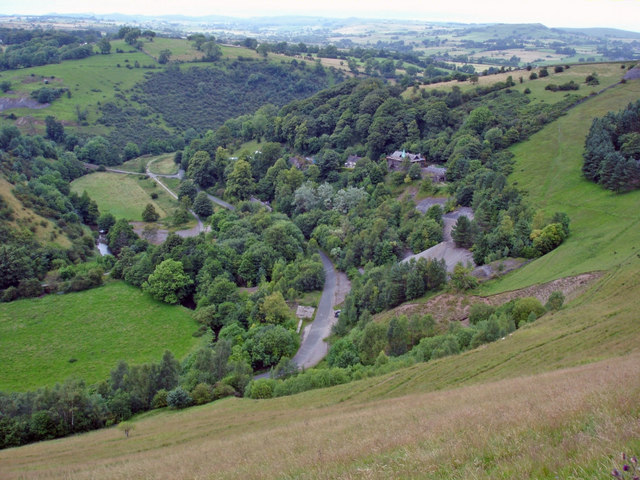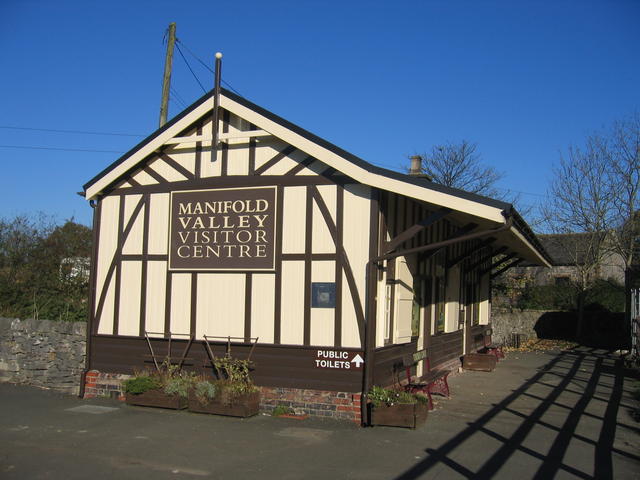Brown Knoll Plantation
Wood, Forest in Staffordshire Staffordshire Moorlands
England
Brown Knoll Plantation

Brown Knoll Plantation is a woodland area located in Staffordshire, England. Stretching across a vast area, it is known for its dense forest and rich biodiversity. The plantation is situated on the outskirts of the town, providing a tranquil escape for nature enthusiasts and hikers alike.
The woodland is predominantly composed of deciduous trees, including oak, beech, and birch, which create a vibrant canopy overhead. These trees offer a stunning display of autumn colors, attracting visitors during the fall season. In addition to the array of trees, the forest floor is covered with an assortment of wildflowers, adding bursts of color to the landscape.
The plantation is home to various wildlife species, making it a popular destination for birdwatchers and animal lovers. Visitors may catch glimpses of woodland birds such as woodpeckers, owls, and thrushes. Mammals like deer, foxes, and rabbits can also be spotted within the woodland, providing a sense of natural tranquility.
A network of walking trails and footpaths wind through the plantation, allowing visitors to explore the area at their own pace. These paths vary in difficulty, catering to both casual strollers and experienced hikers. With breathtaking views and peaceful surroundings, Brown Knoll Plantation offers an escape from the hustle and bustle of everyday life.
The plantation also plays an important role in the local ecosystem, acting as a carbon sink and contributing to the overall health of the environment. Efforts are made to preserve and protect the woodland, ensuring its longevity for future generations to enjoy.
If you have any feedback on the listing, please let us know in the comments section below.
Brown Knoll Plantation Images
Images are sourced within 2km of 53.118348/-1.8319298 or Grid Reference SK1157. Thanks to Geograph Open Source API. All images are credited.







Brown Knoll Plantation is located at Grid Ref: SK1157 (Lat: 53.118348, Lng: -1.8319298)
Administrative County: Staffordshire
District: Staffordshire Moorlands
Police Authority: Staffordshire
What 3 Words
///gestures.microfilm.squeezed. Near Newhaven, Derbyshire
Nearby Locations
Related Wikis
Ecton Mines
A group of mines on Ecton Hill, Staffordshire, are unusual for the Peak District in producing predominantly copper rather than lead and zinc. The most...
Hulme End
Hulme End () is a small hamlet in Staffordshire, England, in the Peak District National Park 10 miles north of Ashbourne, Derbyshire. A natural gateway...
Ecton, Staffordshire
Ecton is a hamlet in the Staffordshire Peak District (grid reference SK096584). It is on the Manifold Way, an 8-mile (13 km) walk and cycle path that follows...
Hulme End railway station
Hulme End railway station is a disused railway station in Staffordshire, England. The station was the terminus of the 2 ft 6 in (762 mm) Leek and Manifold...
Nearby Amenities
Located within 500m of 53.118348,-1.8319298Have you been to Brown Knoll Plantation?
Leave your review of Brown Knoll Plantation below (or comments, questions and feedback).














